|
I came in on the weekend to do some more drawing and as I was walking through the Information Centre I saw two of the whiteboard drawings up on the desktops of the staff PCs. I was very pleased to see them migrating to a new environment in the library. The Australian Frog had been given a traffic-stopping psychedelic makeover, which made Mr Nodder's original interpretation comparatively plausible. Excellent work! Thank you mysterious art fan :) So after some hasty documentation I headed to the Web Unit over the Newspaper reading for some more "fishing". Dot, dot, dot, dot, dot, dot ,dot, dot... (some hours later) dot, dot,dot. The third and final fish in the trio is completed - the Granulated Balistes, as it was known in Sarah Stone's day (sometime in 1789). The names of animals and plants quite often change over the years, which is rather ironic given the zealous lengths the early naturalists went to to discover, name and claim the worlds flora and fauna in the 18th and 19th century. Fiona Negrin, who works in this section, gave names to the fish when they were just sketched in so I have included these common names in the drawing alongside their 18th c. counterparts. I have no doubt the Pungent chaetadon, Doubtful Sparus, and Granulated Balistes now go by different names again in zoological circles but to their friends in the web unit they are Angel, Cuttle and Puffer.
0 Comments
Did I mention everything takes longer than you think it will? I have spent several days on the rakali, getting lost in Ferdinand Bauer's beautiful watercolour and the challenge of refining and refining. A few months back I found a definition of natural history that really resonated with me - "the patient interrogation of a landscape". This image became an intense conversation between me, Bauer, the rakali and the whiteboard, as I struggled to translate the subtle intimacy of a 19th century watercolour into the native media of a contemporary office space - partition walls, glass and dry erase markers. Memory, observation, trial and error, interpretation, concentration, expression, perseverance. There is something about drawing that makes you more aware of the processes of thought. I remember something catching my eye in the silky darkness of Burnley Harbour one night, couple of years ago, when I was riding home from work. I stopped my bike. Something rippled and vanished under the water, suddenly appearing metres away, then disappearing again. I thought, that's impossible, there are no otters in the Yarra. The white tipped tail was the give away, that's how I later identified the mysterious creature. I've only seen them a few times since, after dark when the bike track and the river are quiet. During my fellowship I planned to look at a wide range of early Australian natural history sources, starting with the best. So I requested the natural history drawings of Ferdinand Bauer. Reverently I opened the large solander box, and lifted out the plates one by one. There at the top was a beautiful, lithe rakali and I felt a wave of empathy and recognition for the artist and his subject. I like to think Bauer observed the rakali in some dusky waterway but I suspect his painstaking and delicate work was based on a considerably more compliant model. Though I hadn't thought of the whiteboard project at that time, a couple of months later, when Mark showed me the two metre wide glass panels over his desk in Rare Books, I immediately knew what the subject would be. 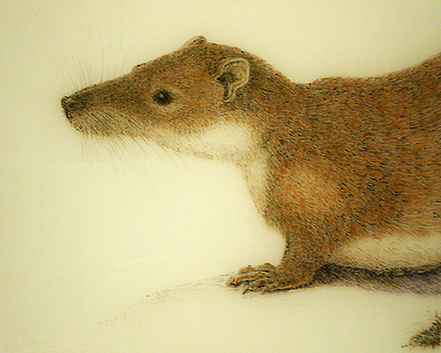 A detail of Rakali's head. I am rather proud of the whiskers. Happy new year! I had a bit of a break over Christmas and I'm back in my normal job after a fabulous couple of months on the fellowship. I will continue with the Whiteboard project in my own time, so progress will be slower but there are still lots of wonderful things to draw. The last thing I finished before Christmas was a diabolical frog, after Frederick Polydore Nodder, from The Naturalist's miscellany vol. 6, by George Shaw, [1790-1813]. He is installed in the Finance department, level 5, Armstrong building. 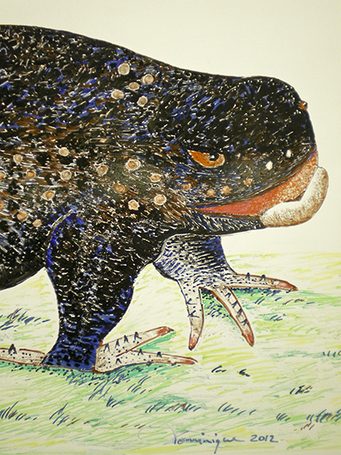 The following text accompanies the illustration in the Miscellany: THE AUSTRALIAN FROG This animal certainly cannot be numbered amongst the most beautiful of its genus, it is a species however, which has never before been described, and is more peculiarly interesting from the circumstance of its being native of the distant region of New Holland, which has added so many zoological treasures to the cabinets of natural history. Its rarity must therefore apologize for its deformity I suspect Mr Nodder's rendering bore little resemblance to the the real thing but it is wonderfully lively despite its "deformity". There is a naivety to the image which makes it hard to believe it is the same artist that produced such careful studies of banksia cones. I guess in those days curious cones traveled better than pickled frogs. I went for a chunkier, looser technique with this image, in keeping with its primordial subject. As usual the whiteboard markers fought me tooth and nail as I tried to bend them to my will and drag density and tone out of them. |
AuthorDominique Dunstan is a reference librarian and artist. She works at the State Library of Victoria and has recently completed the Jane Nicholas Staff Fellowship. Archives
July 2013
Categories |
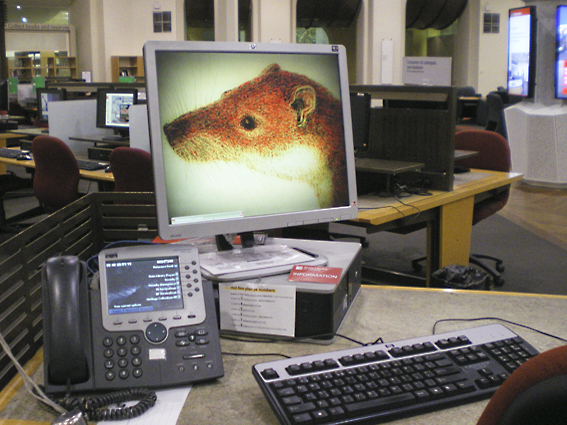
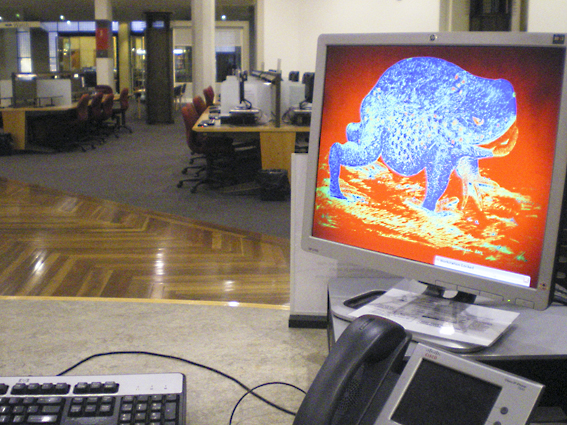
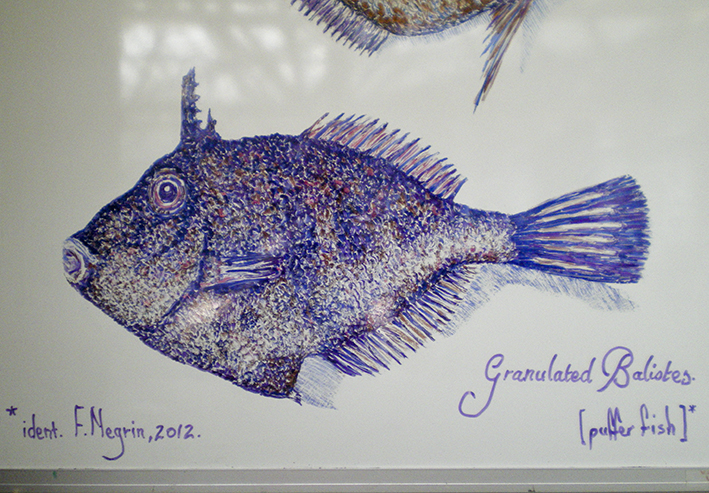
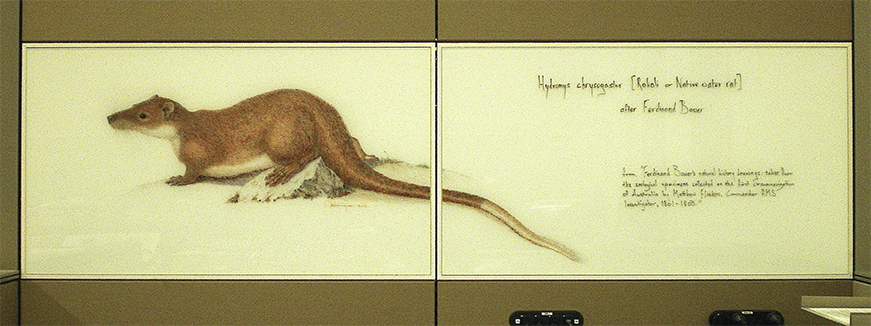
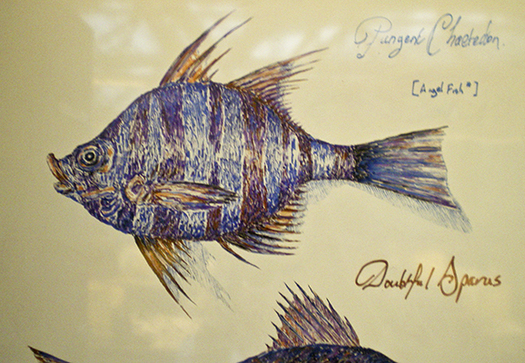
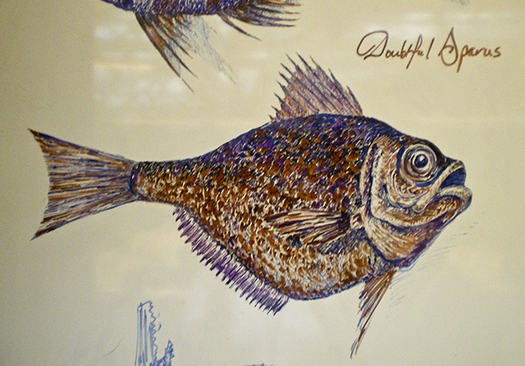
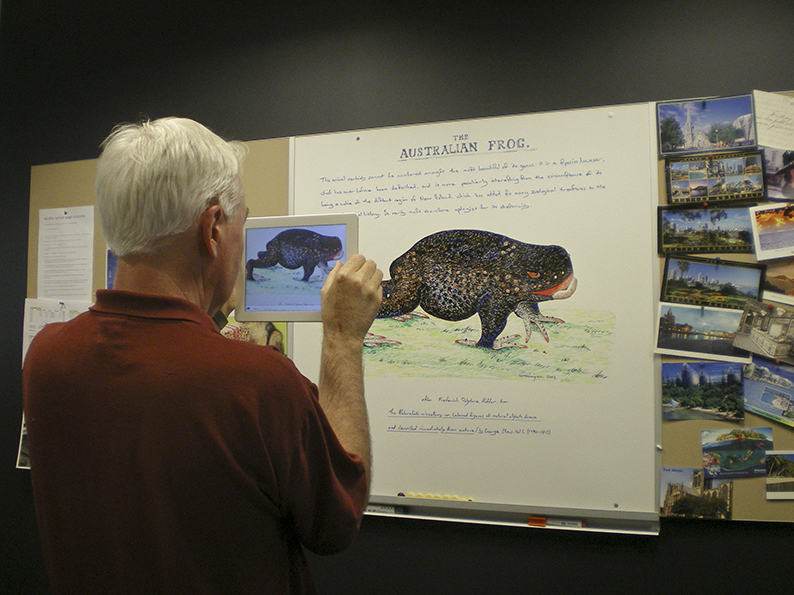
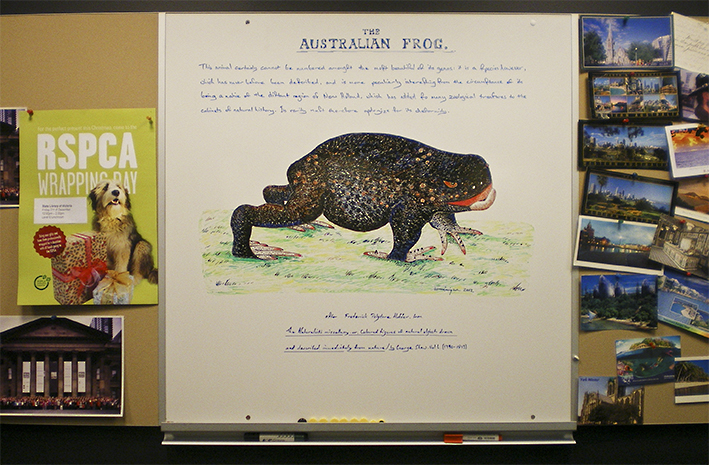
 RSS Feed
RSS Feed